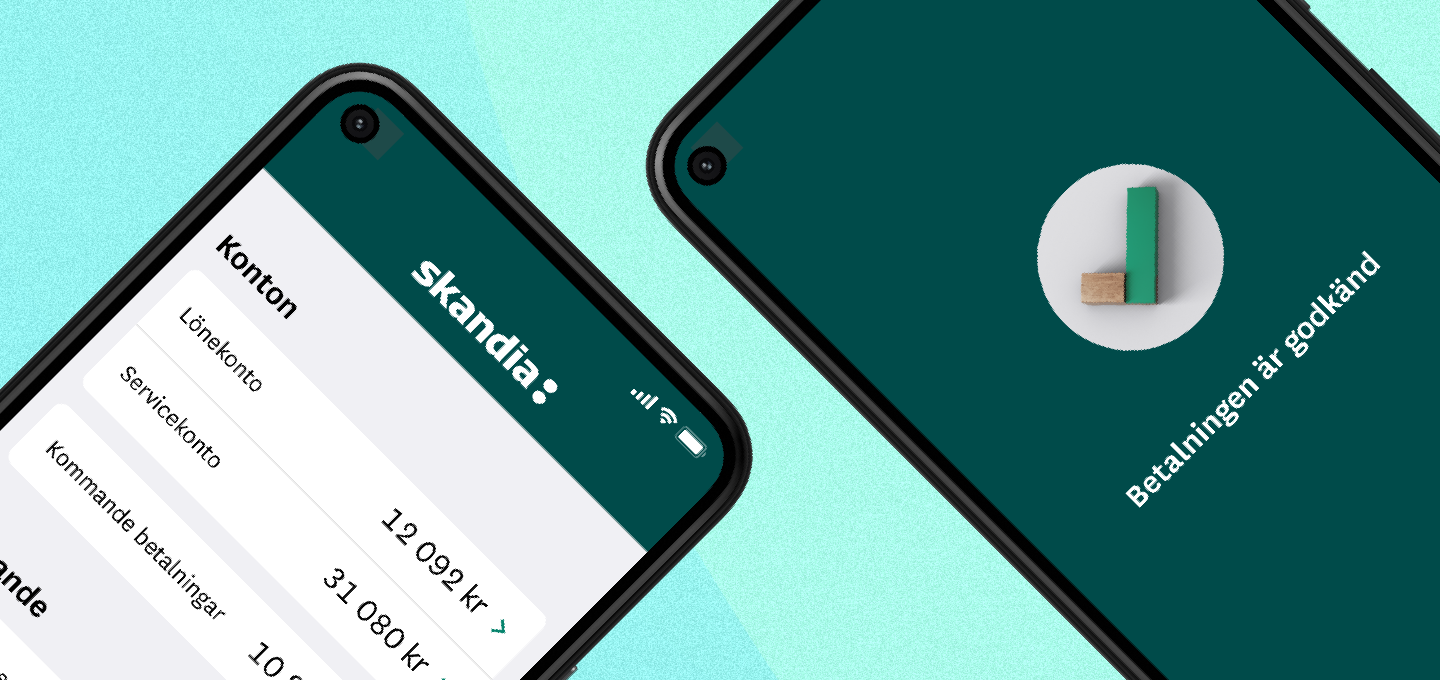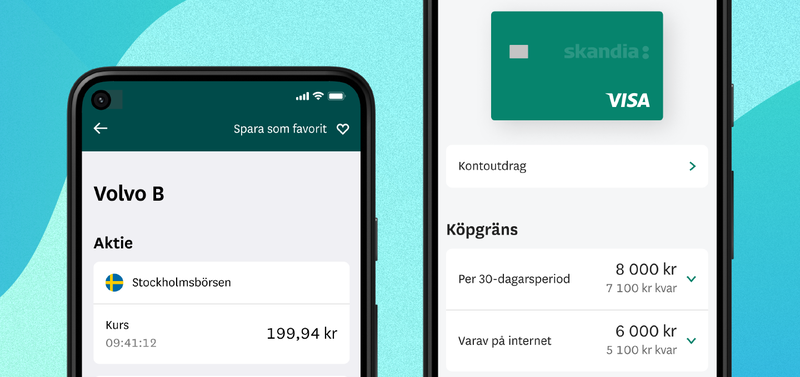Skandia

Skandia improves their mobile app quality with Flutter
In 2020, Skandia re-evaluated their digital strategy and noticed that their mobile banking app was in need of a refresh. It had started to fall behind their competitors in terms of functionality and performance, and the feature gap between their own Android and iOS apps had begun to widen.
Fixing these differences while adding and improving existing features became increasingly difficult for the seven-person developer team, largely due to an outdated, non-scalable codebase.
The team realized that the only solution was to rewrite the app from scratch, but they weren’t sure whether to opt for a complete native implementation per platform, go for a hybrid approach, or search for a cross-platform solution.
Why Flutter?
The team evaluated several options, including continuing to use native applications. However, they also saw an opportunity to try new and more innovative solutions by looking at cross-platform frameworks.
One of those potential frameworks was React Native, as Skandia already had several web developers on staff. But while it would have initially saved them money by avoiding a full-fledged app team, they realized that the costs would outweigh the benefits before getting so far as a prototype.
Skandia also considered an embedded web approach, since they were already comfortable building micro-websites for specific use cases. But this approach wouldn’t scale well or work well with native functionality, and the team wanted a better mobile UX/UI experience than it could provide.
Finally, one of Skandia’s developers, who had built several personal projects in Flutter, suggested it as a potential solution to the technical team. After building a proof of concept, Flutter checked all the team’s boxes. It would help them ensure parity between platforms, offers great performance by compiling into native code, and would allow the team to scale features and functionality with ease. Skandia also appreciated the robust Flutter community and availability of support, and so decided to move forward with Flutter.

Their solution
While the migration meant retraining and adding a few new Flutter engineers, the hiring and onboarding process was easier than they expected. Most of the team today consists of developers from non-Flutter professional backgrounds, including web, backend, and native mobile devs.
After a short onboarding period, Skandia reported that the team was delighted about the change. The rare issues they encounter are quickly resolved in-house, often with the help of the Flutter community.
Thanks to Flutter’s portability, the team made their app available internally as a desktop application for general development work, carrying over 90% of all features and functionality from the mobile app. (The other 10% are platform-specific features that have to be performed on physical devices.) Skandia uses the desktop app on a daily basis to implement design and technical changes, making their development flow much more efficient than before.
“Developer happiness increased tremendously, from pulling our hair out trying to implement new features to pure joy.”
- Johannes Löhnn, App Architect, Skandia
Results
After a few months, Skandia released updated versions of their Android and iOS apps with Flutter.
Even navigating a new platform, the team’s development speed increased dramatically. Thanks in part to Flutter’s hot reload feature, the team reports that they are able to iterate as fast as their UI/UX developers when it comes to improving design and functionality, while still closing their required tickets in time. It also improved Skandia’s time to market by several months.
Internally, developer satisfaction increased tremendously. The Skandia team was very happy with the change and appreciated having access to the repository of open-source packages for Flutter and Dart at pub.dev.
Flutter helped Skandia catch up to their competitors in terms of mobile quality standards, enabling them to optimize their UX by accelerating the upstart and dynamically loading the content. All of these benefits helped Skandia offer their customers a great experience, and gave the team the ability to handle bottlenecks on the backend more easily.
Migrating to Flutter also had an unexpected financial benefit: the team now requires fewer consultants. Instead, they employ a small, fast, and flexible team with a shared knowledge base.